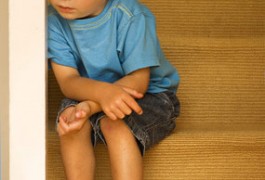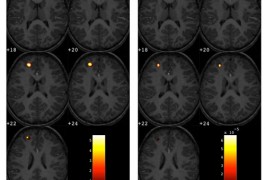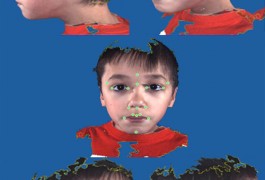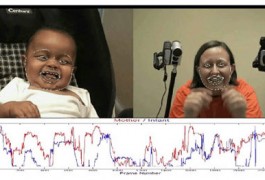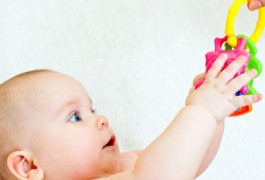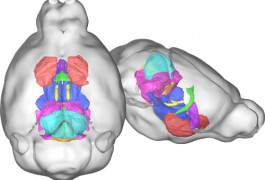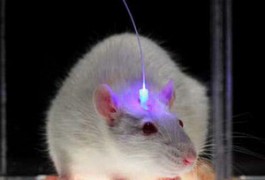Poor metabolism of sugars fuels gut woes in autism
Children with autism who suffer from severe gastrointestinal problems show markedly lower-than-normal levels of enzymes needed to digest complex sugars, and of transporters that allow simple sugars to be absorbed into the blood.








